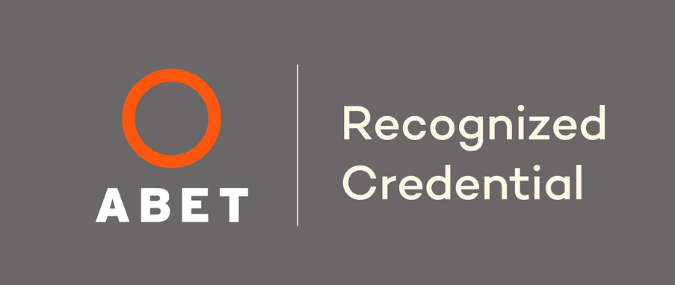

This program has satisfied ABET’s Credential Recognition Standards for quality.
View Important Policies and System Requirements for this course
INSTRUCTOR:
Douglas D. Gransberg, Ph.D., P.E., F.MASCE
Interested in registering 5 or more engineers for a course? Contact us for information and rates.
Purpose and Background
This course teaches the fundamentals of pricing a typical lump sum contract. The content includes development of direct and indirect cost, and applying profit margins. Various sources for construction pricing data are discussed. An example method for developing a pricing database using the organization’s financial data is provided. It also covers how the estimator will assemble the estimate together to develop a responsive lump sum bid package. Finally basis principles of risk are applied to the development of profit margins. This course will take an estimated 5 hours to complete.
Benefits and Learning Outcomes
Upon completion of this course, you will be able to:
- Develop a source of pricing data for a typical building construction project.
- Calculate general conditions and indirect cost for a typical building construction project.
- Develop assemblies and calculate the bid price for framing, interior finishes, and exterior finishes in the building.
- Develop trade subcontractor plug numbers for typical components of a building.
- Demonstrate the use of location and time indexes in conjunction with future escalation formulas to prepare a responsive bid price for a lump sum building project.
Assessment of Learning Outcomes
Achievement of the learning outcomes by attendees will be assessed through a short post-assessment (true-false, multiple choice and fill in the blank questions).
Who Should Attend?
- Cost estimators
- Planners
- Design engineers
- Architects
- Project managers
Pre-requisites
Learners should have a basic understand of the components of a building and the ability to complete basic algebraic calculations required for the QTO process. A fundamental understanding of basic engineering economics for completing future pricing calculation is also required.
Course Outline
Module 1 : Introduction to Pricing and Bidding for Lump Sum Projects
Lesson 1.1 = Lump Sum Estimating Fundamentals – this video contains a short quiz
Lesson 1.2 = Construction Pricing Databases – this video contains a short quiz
Lesson 1.3 = Computing Labor Costs
Lesson 1.4 = Computing Crew Production Rates
Learning Exercise
Module 2: Developing Pricing Assemblies
Lesson 2.1 = Conceptual Estimating Principles – this video contains a short quiz
Lesson 2.2 = Developing assemblies for structural and architectural components of buildings – this video contains a short quiz
Lesson 2.3 = Estimating Building System Capacities for Trade Plug Numbers
Lesson 2.4 = Plug Number Development Example
Learning Exercise
Module 3: Pricing Building Framing and Finish Costs
Lesson 3.1 = Framing Terminology – this video contains a short quiz
Lesson 3.2 = Framing/Finishes QTO – this video contains a short quiz
Lesson 3.3 = Pricing Timber Framing Steel/Metal Framing
Learning Exercise
Lesson 3.4 = Pricing Interior and Exterior Finishes
Learning Exercise
Module 4 : Bidding Lump Sum Projects
Lesson 4.1 = Risk Applied to Pricing – this video contains a short quiz
Lesson 4.2 = Indexing Pricing for Location and Time – this video contains a short quiz
Lesson 4.3 = Escalation of Pricing to the Future
Lesson 4.4 = Indexing and Escalation Example
Learning Exercise
Bonus Content: Interview with a contractor on risk/impact on pricing
Module 5 = Final Exam
How to Earn your CEUs/PDHs and Receive Your Certificate of Completion
This course is worth .5 CEUs/ 5 PDHs. To receive your certificate of completion, you will need to complete a short on-line post-test and receive a passing score of 70% or higher.
How do I convert CEUs to PDHs?
1.0 CEU = 10 PDHs [Example: 0.1 CEU = 1 PDH]

The Lump Sum Price and Bid Development credential satisfies ABET’s Credential Recognition Standards for quality.